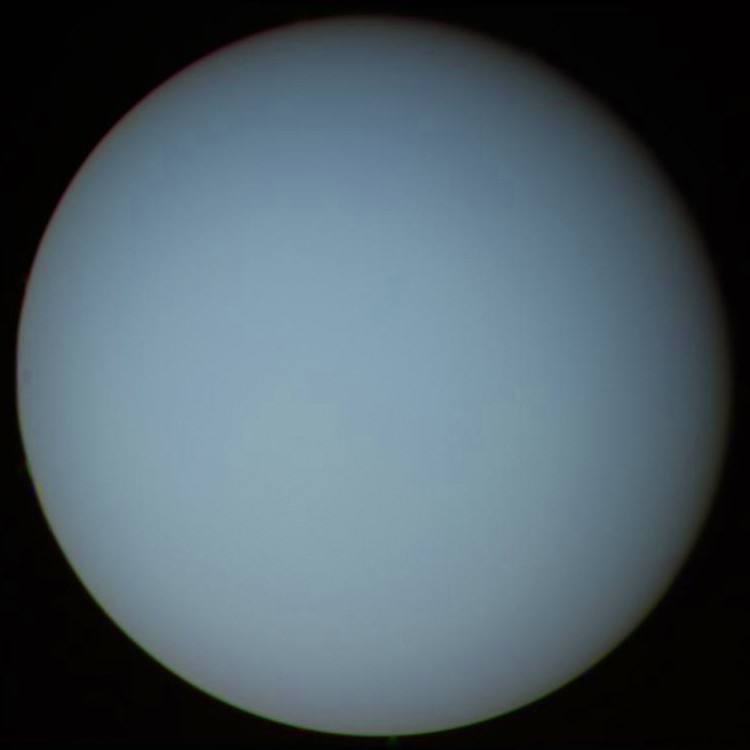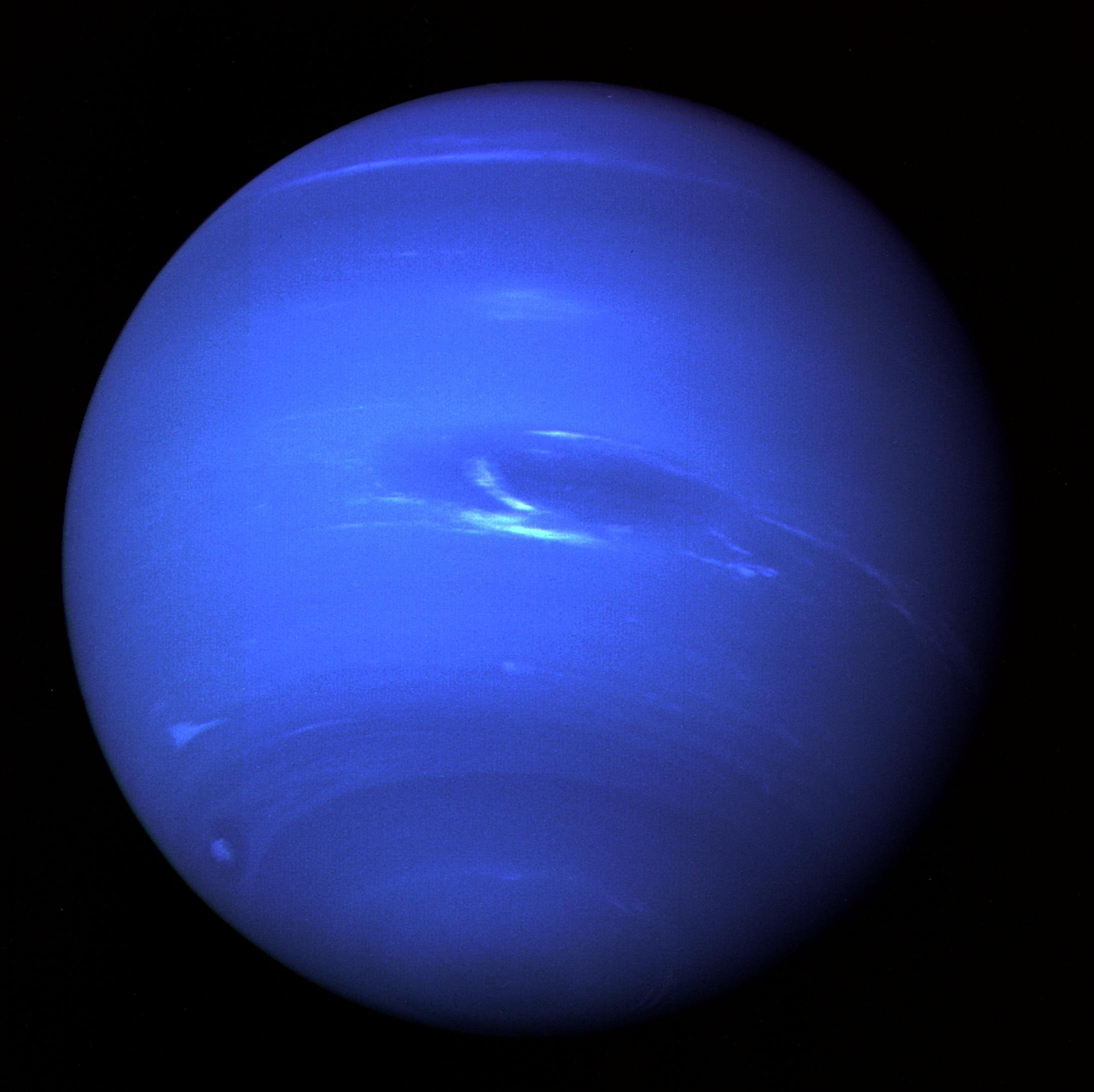Several researchers are campaigning for sending a mission to Uranus and Neptune. Such a project could reveal a treasure trove of information about the two ice giants, but also allow astronomers to peer much deeper into the universe.
Poor Uranus and Neptune! The only portraits we have of these outer worlds come to us from the Voyager 2 probe, which passed through the area in the late 1980s. Since then, we have sent probes to Mercury, missions to Jupiter and Saturn, collected samples asteroids and comets, and launched several vehicles to Mars. Uranus and Neptune, for their part, have only been scanned by instruments on the ground or, more occasionally, by the Hubble telescope.
It must be said that these two "ice giantesses", isolated in the outer fringes of our heavenly district, do not make the task easy. Uranus is more than 2.7 billion km away of the Earth, while Neptune does not approach closer than 4.3 billion km .
However, a launch opportunity is coming soon; window during which Jupiter will propose to offer gravitational assistance. By relying on the patroness of the Solar System, we could thus deliver payloads while saving time.
If we were to launch a mission in the early 2030s on a powerful enough rocket, like NASA's Space Launch System, a mission could reach Jupiter in just under two years . From there, a spacecraft could separate into two components, one heading for Uranus (reaching it in 2042) and the other for Neptune (reaching orbit a few years later).
Once in place, these two orbiters could then evolve for more than a decade , just like Cassini around Saturn.
During their cruise, these same space probes could reveal to us a treasure trove of information about these two forgotten in our system, but not only. According to a new paper, they could also allow researchers to focus on the science of gravitational waves triggered by some of the most violent events in the universe.

On Earth, physicists reflect laser beams along tracks several kilometers long to measure the passage of gravitational waves.
As they pass through the Earth, these waves (ripples in the fabric of spacetime) distort objects, compressing and stretching them in alternating series. Inside our detectors, they then subtly change the distance between the mirrors, affecting the light path. These differences generally less than the width of an atom then betray the passage of gravitational waves.
In such a mission, the effect would be similar. If gravitational waves were to pass through the Solar System, they would change the spacecraft's distance from Earth on a regular basis (one shot closer, then further, then closer again, etc.).
To detect these tiny variations, the ground technicians would then have to constantly communicate with the ships. And conversely, each machine should constantly send information to our planet.

Technically, we would then need to measure the frequency of radio communications with incredibly high accuracy . According to recent research, we should even be a hundred times more precise than during the Cassini mission around Saturn. If such a mission were to emerge in a decade, then we could devote those few years to developing the necessary technology.
If successful, then the extreme length of the "arm" of this gravitational wave detector (literally billions of times longer than our current detectors) would be sensitive to a class events entirely different from what we can observe today, such as black hole mergers with extreme mass differences.